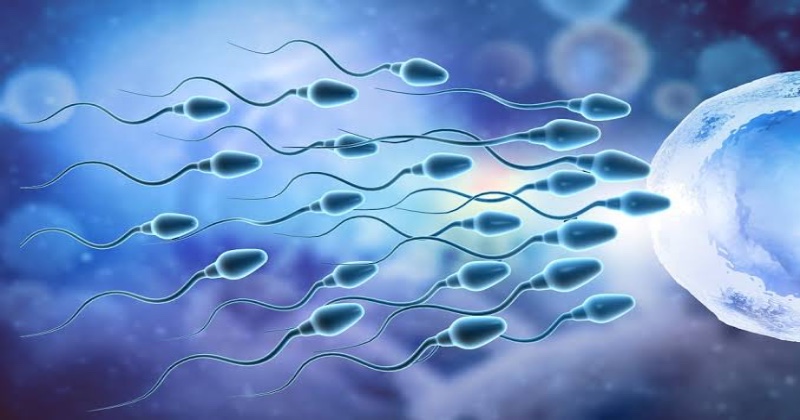
One of the most famous laws in physics, Newton’s third law of motion, famously states, “For every action, there is an equal and opposite reaction.” However, when it comes to biological swimmers like sperm, this fundamental law may not apply. Human sperm, in particular, has been identified by scientists as breaking Newton’s third law by swimming through a unique deformation process that does not provoke a response from their environment, according to a recent study.
To arrive at this revelation, researchers analyzed data concerning human sperm cells and Chlamydomonas algae to identify instances of non-reciprocal mechanical interactions that challenge Newton’s third law. These interactions, termed “odd elasticity,” describe a phenomenon where flagella, hair-like appendages that enable both Chlamydomonas and sperm cells to move, change shape in response to the surrounding fluid, facilitating forward movement. What’s intriguing is that they do so in a non-reciprocal manner, which means they don’t trigger an equal and opposite reaction from their surroundings, thus violating Newton’s third law.
The flagellum’s elasticity alone doesn’t fully account for how these cells move. This is where the concept of odd elasticity comes into play. Odd elasticity essentially enables these cells to move their flagella without expending a significant amount of energy in their environment, which would typically hinder their movement. The degree of a flagellum’s ability to undulate without significant energy loss, known as its “odd elasticity score” or “odd elastic modulus,” enhances the cell’s capacity to advance in a way that defies traditional physics.
Sperm and algae aren’t the sole examples of cells possessing flagella with such unique capabilities. It’s highly likely that other unconventional movers exist, yet to be discovered. Recognizing and categorizing these cells or organisms capable of non-reciprocal movement could hold significant scientific value, offering insights into their behavior and potential applications. The study’s authors have even suggested that their findings might contribute to the development of small elastic robots designed to challenge Newton’s third law, offering innovative solutions in various fields.

Post Your Comments